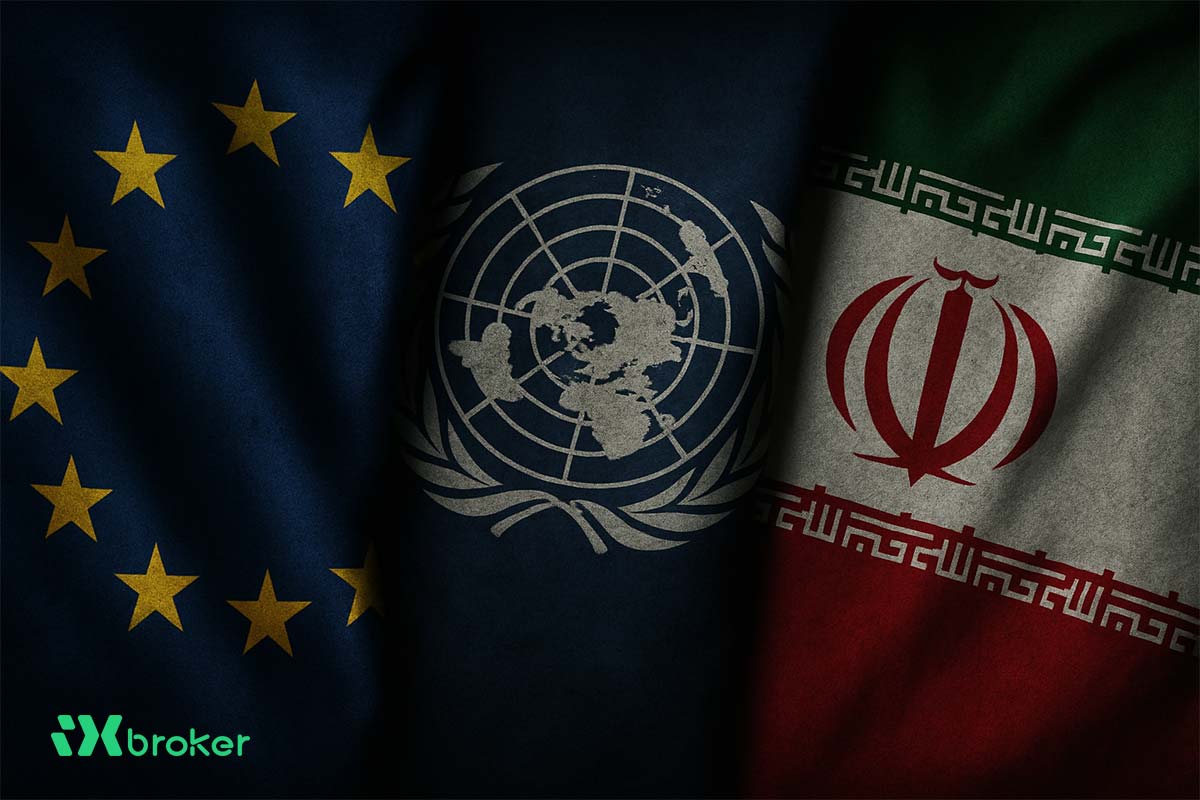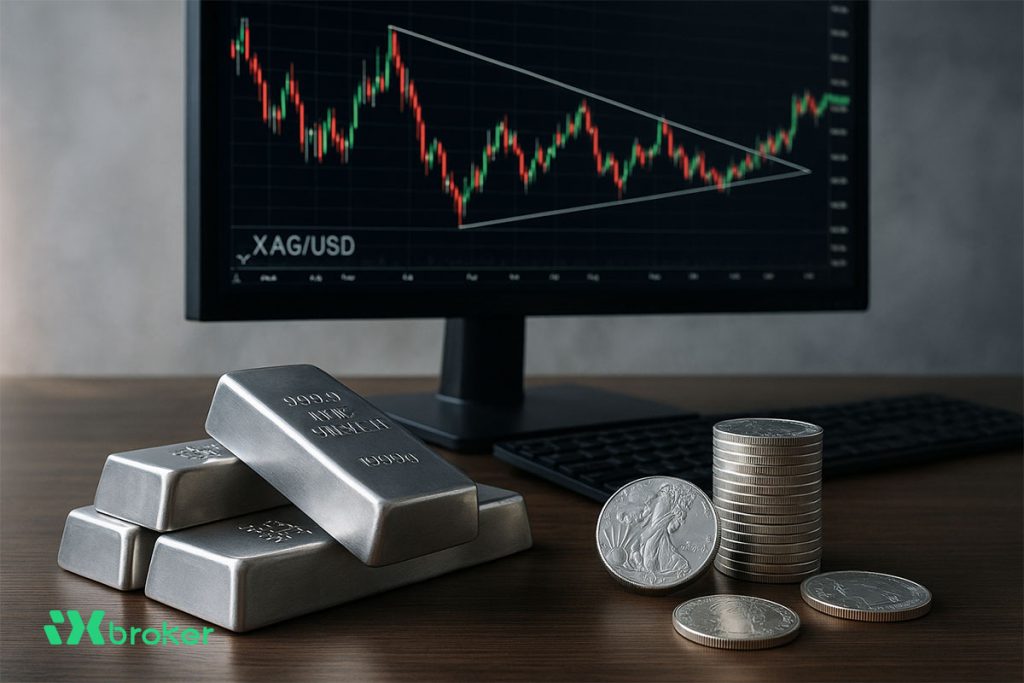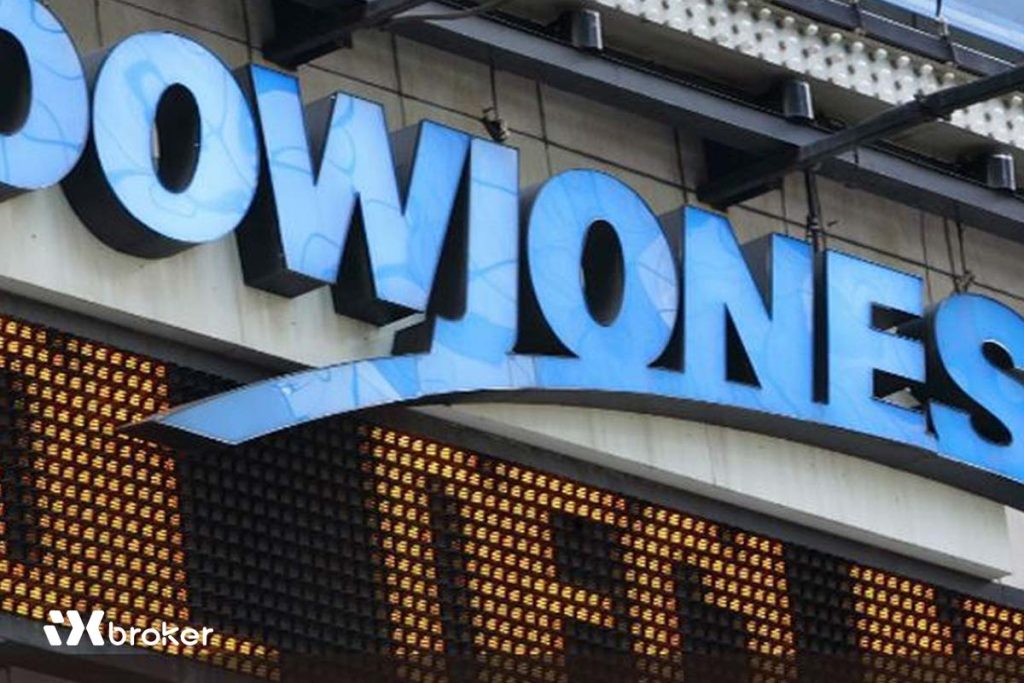In the nuclear agreement (JCPOA) and UN Security Council Resolution 2231, if a “participating state” reports a significant non-compliance, the Council must vote within 30 days on whether to “continue the suspension of sanctions.” Since any permanent member can exercise its veto, the absence of such a resolution effectively means that the previous sanctions are automatically “snapped back.” This return includes key provisions on arms restrictions, the missile program, asset freezes, and related limitations.
Macroeconomy
The restoration of international legitimacy to sanctions—even if some major players like China remain pragmatic—raises legal and insurance risks and increases transaction costs. In past experiences, sanctions pressure was associated with declining oil production/exports, negative growth, high inflation, and a depreciating national currency.
Oil and Gas
UN sanctions did not previously impose a “global ban on oil sales,” but their reactivation could complicate insurance, financial transfers, shipping, and secondary risks, prompting risk-averse buyers—especially non-Chinese ones—to step back. Between 2022 and 2024, despite U.S. sanctions, Iran’s exports to China rose; however, Snapback could destabilize this path or force deeper discounts.
Dollar and Gold
The informal currency market is extremely sensitive. Reports this week indicated that the free-market rate had crossed about one million rials per dollar. The anticipatory shock from Snapback could intensify currency pressures and push up gold/coin prices, due to their direct link to the free-market dollar.
Banking and foreign trade
Even if some “non-dollar” exchanges continue, compliance and shipping insurance risks will rise, making international banks and companies more cautious. (The earlier 2018–2019 pattern: shrinking trade, falling FDI, higher transfer costs).
Migration and foreign travel
Past experiences show that inflationary/currency waves increase the desire for educational/work migration and outbound travel to convert savings. At the same time, visa restrictions for certain individuals and disruptions in flight routes/spare parts may make travel more expensive. (Visa issues depend mainly on state decisions, not directly on Resolution 2231).
Domestic capital and real estate markets
During sanctions-driven currency shocks, demand usually shifts toward “rial-based assets relatively protected from inflation,” such as dollar-linked stocks, commodities, gold, and land. Yet regulatory uncertainty and weakened business activity may erode liquidity. (Inferred from 2018–2020 and sanction data analyses).
Scenario B: “Temporary Deal” within the 30-Day window
Likely meaning: tactical reduction of enrichment/stockpiles, partial return of IAEA oversight, and suspension of the Snapback threat; in exchange, limited easing of secondary sanctions or humanitarian financial channels. The result: short-term breathing space for the exchange rate and inflation pace, but fragile and dependent on continued technical steps/verification.
Scenario C: “dragging the case until the cctober 18 deadline”
With attempts by Snapback opponents like Russia/China to extend the suspension for six months, a legal ambiguity could emerge; this uncertainty may lead investors and banks to remain cautious and prevent sustainable risk reduction.
Link to the JCPOA and its key points
The JCPOA set technical limits (level/volume of enrichment, centrifuges, R&D) and extended IAEA oversight. Resolution 2231 endorsed it, with a “procurement channel” and a “sunset” timeline.
Some arms/missile restrictions under the sunset schedule had already expired or changed; since 2023, Europe also chose to retain part of its sanctions. Activating Snapback now could restore a wide portion of the previous UN sanctions architecture.
Risk of war and regional security (only possible scenarios)
Iran–Israel tension cycle: the 12-day war and strikes on nuclear sites in June 2025 increased uncertainty. Snapback could be seen both as a diplomatic lever and as fuel for escalation. Escalation paths: cyber/drone attacks, proxy strikes in Syria/Iraq/Yemen, or limited naval clashes. The risk of an oil price surge exists if Hormuz or regional energy infrastructure is disrupted.
Major power calculations: the stance of Russia/China (including attempts at extension) and the role of the U.S./Europe in strictly enforcing sanctions affect the scope of tensions.
Sectoral implications — a probability map
Macroeconomy
Full Snapback: declining confidence and rising country risk → pressure on growth, higher trade costs, likely intensifying inflation.
Suspension/Temporary Deal: temporary calm in FX and expectations; fragile and sensitive to IAEA/Council news.
Oil and Gas
Full Snapback: tougher insurance/shipping/settlements; possible export declines or larger discounts; sensitive Asian buyers.
Suspension/Temporary Deal: relative stability in current flows, but legal risks remain.
Dollar and Gold (informal market)
Full Snapback: stronger demand for safe havens (dollar/coins), temporary spikes.
Suspension/Temporary Deal: partial easing of pressure, but with a higher price floor due to structural risks.
Banks, trade, and companies
Full Snapback: accelerated exit/suspension of risk-averse partners, higher compliance and shipping insurance costs.
Suspension/Temporary Deal: current channels preserved, but major new investments unlikely.
Migration and travel
Full Snapback: likely increase in demand for migration/study abroad due to uncertain outlook; higher travel costs from insurance/flights/payments. At the national level, UN sanctions mainly target specific entities, not all citizens.
Suspension/Temporary Deal: relative easing of psychological pressure, but no major visa breakthroughs expected.
What to watch? (Key decision points)
The exact text/timing of European letters and the 30-day Security Council process.
Iran’s level of cooperation with the IAEA (inspections/access) during this period.
Behavior of Asian buyers of Iranian oil, tanker insurance rates, and shipping indicators.
Field tension signals in proxy/naval fronts.
Free-market dollar/coin rates and their gap with official/NIMA rates as indicators of expectations.
Conclusion
As a political analyst, today’s picture is dual: either Snapback within 30 days restores the UN sanctions architecture and increases economic/security risks; or a verifiable technical pause in enrichment and IAEA monitoring opens a window—perhaps short—for easing pressure. Both paths are fragile and depend on the behavior of key players and field signals.



